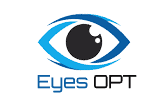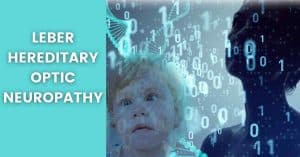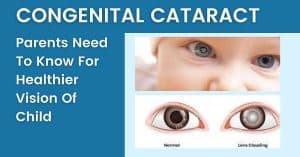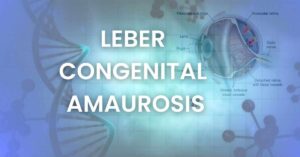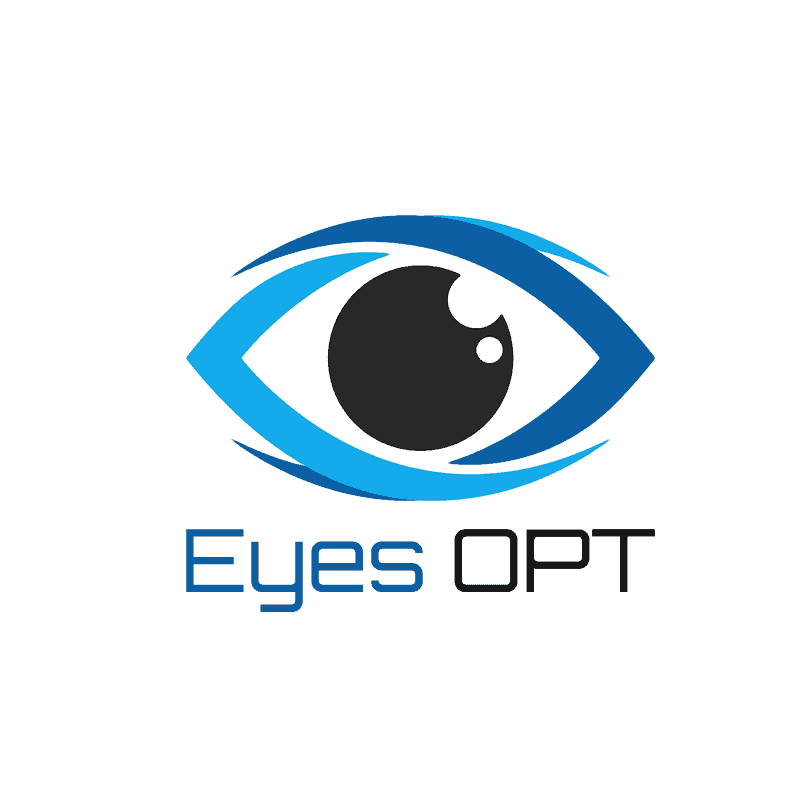When you think of macular degeneration, you might think it’s an eye condition that only affects older adults. But there’s a form of the disease that can affect young people, too. It’s called Juvenile Macular Degeneration (JMD), and it can have a significant impact on a child’s vision.
In this blog post, we will explore what JMD is, how it differs from age-related macular degeneration (AMD), and what the treatment options are.
Table of Contents
ToggleWhat Is Juvenile Macular Degeneration?
Juvenile macular degeneration (JMD) is a rare hereditary eye disease that primarily affects young children. It causes progressive damage to the macula, the part of the eye responsible for central vision. JMD can lead to severe vision loss and blindness.
What Are The Types Of Juvenile Macular Degeneration?
There are two types of JMD:
- Stargardt Disease
- Best Vitelliform Dystrophy
Stargardt Disease
It is an inherited condition that leads to the death of cells in the central part of the retina, called the macula. The macula is responsible for sharp, central vision.
People with Stargardt disease typically experience a slow decline in vision. Some may also have “floaters” or see flashes of light.
It is the more common type, accounting for about 70 percent of cases. It typically begins in childhood and progresses slowly over time.
Best Vitelliform Dystrophy
It is another inherited form of JMD. It causes a build up of fatty deposits under the retina, in an area called the choroid.
This can lead to changes in vision, including decreased central vision and difficulty seeing at night.
Best vitelliform dystrophy usually affects older children and adults and progresses more quickly.
There is no cure for JMD, but treatment can help slow its progression and preserve vision. Early diagnosis and treatment are essential to achieving the best possible outcome
What Are The Symptoms Of Juvenile Macular Degeneration?
There are a few different types of JMD, but the most common symptoms are vision loss and trouble seeing in low light. Some people also experience
- blind spots in their vision
- some may see flashes of light
- other visual disturbances
If you or your child start to experience any of these symptoms, it’s important to see an eye doctor right away for a proper diagnosis.
What Are The Causes Of Juvenile Macular Degeneration?
There is no definitive answer to this question as the cause of JMD degeneration is currently unknown.
However, some factors that may increase an individual’s risk for developing the condition include having a family history of macular degeneration, being of the Caucasian race, and being female.
How Is Juvenile Macular Degeneration Diagnosed?
A comprehensive eye examination is needed to diagnose JMD. This includes a visual acuity test, dilated fundus exam, and sometimes fluorescein angiography.
Visual Acuity Test
The visual acuity test measures how well you see at different distances. The doctor will ask you to read an eye chart. If your vision is reduced, this may be a sign of macular degeneration.
Dilated Fundus Examination
During the dilated fundus exam, the doctor looks at your retina (the back of your eye) through a special magnifying lens. This allows them to look for any changes in the appearance of your retina that might be associated with macular degeneration.
Fluorescein angiography
Fluorescein angiography is a special test that can help diagnose macular degeneration. In this test, a yellow dye is injected into your arm through a small needle. The dye then passes through your bloodstream and into the blood vessels in your retina. A camera is used to take pictures of your retina as the dye passes through it. These pictures can show if there are any areas of leakage or blockage in the blood vessels that might be associated with macular degeneration.
How Is Juvenile Macular Degeneration Treated?
There is no cure for JMD, but there are treatments that can slow the progression of the disease and help preserve vision. The most common treatment is low-vision rehabilitation, which can help patients learn how to make the most of their remaining vision. Other treatments include:
Photodynamic Therapy
This treatment involves injecting a light-sensitive drug into the bloodstream and then shining a special laser light into the eye to kill abnormal blood vessels.
Anti-VEGF Injections
These injections are used to block a protein that promotes the growth of new blood vessels.
Laser surgery
This surgery is used to destroy abnormal blood vessels or to seal leaking ones.
In some cases, a combination of these treatments may be used. It’s important to work with an experienced doctor to come up with a treatment plan that’s right for you.
How Is Juvenile Macular Degeneration Inherited?
There are three types of JMD, each with a different pattern of inheritance.
Stargardt disease is an autosomal recessive disorder, which means that a person must inherit two copies of the mutated gene (one from each parent) in order to develop the condition. If a person inherits only one copy of the mutated gene, they will be a carrier for Stargardt disease but will not develop the condition themselves.
Best disease is an autosomal dominant disorder, which means that a person only needs to inherit one copy of the mutated gene in order to develop the condition. If a person with Best disease has children, each child has a 50% chance of inheriting the mutated gene and developing the condition.
Pattern dystrophy of the macula is also an autosomal dominant disorder. However, it often takes many years for symptoms to develop, and the severity of symptoms can vary greatly from one person to another.
What Is The Difference Between JMD and AMD?
AMD (Age-Related Macular Degeneration) occurs as part of the body’s natural aging process, but JMD (Juvenile Macular Dystrophy) is an inherited condition (passed down from parents).
What Gene Causes Juvenile Macular Degeneration?
The gene that causes juvenile macular degeneration (JMD) is called the ABCA4 gene. This gene provides instructions for making a protein that is involved in the transport of fats and other molecules in cells. Mutations in the ABCA4 gene are associated with an increased risk of developing JMD.
What Are The Long-Term Effects Of Juvenile Macular Degeneration?
There is no known cure for juvenile macular degeneration, and there is no way to prevent its progression.
However, with early diagnosis and treatment, the majority of people with juvenile macular degeneration retain good central vision throughout their lives.
Some people with the condition may develop cataracts or glaucoma later in life.
Conclusion
Juvenile macular degeneration is a rare eye condition that can cause vision loss in children and young adults.
There is currently no cure for juvenile macular degeneration, but there are treatments available that can help slow the progression of the disease and improve vision.
If you or your child has been diagnosed with juvenile macular degeneration, it is important to work with an experienced team of eye care professionals to develop the best plan for treatment and management.
